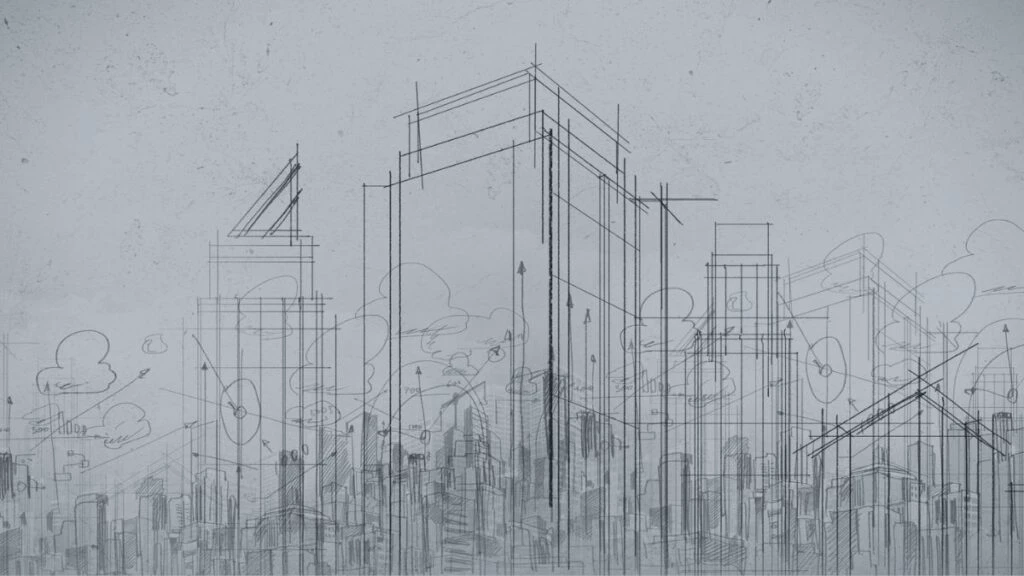Designing a building from the ground up is a daunting task. It requires a vision and a great deal of skill to create a safe, efficient and beautiful structure. Thankfully, there are professionals, like Level Engineering Architecture and Inspection, available to help produce functional spaces that are both productive and comply with all necessary rules and regulations.
Building design services
Whether it’s for a commercial industrial or residential property, the process of designing a building involves several critical steps, including initial planning, design, incorporating engineering services and producing construction documents (Read more about the design process here.) Below are some of the advantages of appointing professionals offering building design services.
- Expertise and Experience
Architects are qualified and trained in designing buildings and overseeing construction. This means they have the necessary industry experience, knowledge and skills to provide the best possible design for your residential or commercial project.
- Customized Designs
Whether for commercial, industrial or residential building design, architects will work closely with you to understand your -,building needs,budgets, space planning, site constraints as well as regulatory restrictions influencing your requirements, and goals, resulting in a design that matches your variables and meets your needs. This level of customization ensures that the design is creative, functional, safe and tailored to match your unique style.
- Cost-Effective
Professional architects can help you identify cost-saving measures, such as selecting the right materials, designing an efficient layout, and reducing waste during construction. This can help reduce the overall expense on the project and save you money in the long run.
- Project Management
Architects can help coordinate the various systems with engineers and other professionals involved in construction projects, ensuring projects run smoothly and are completed on time. They will also ensure that the construction is carried out according to the design, minimizing the chances of errors or delays.
- High-Quality Design
Clients expect high-quality designs that are functional, aesthetically pleasing, and durable. At Level Engineering Architecture and Inspections, whatever you’re designing, our team will take into account all aspects of the project, providing architecture that meets your needs and provides a comfortable and safe living or working environment that complies with regulations and bylaws.
- Time-Saving
Efficient design can be a major advantage when it comes to the design process, reducing the time required for the planning and producing construction documents can result in a major saving for clients, and help expedite the construction timeline. At level we use several modern technologies to assist in an efficient architectural design.

Design and technology
Computer automation and computer aided design (CAD) have revolutionized the architectural industry by increasing efficiency, reducing costs, and improving the overall quality of the design. Below we explore some of the technologies available to create the highest level designs.
- Computer-Aided Design (CAD)
Computer-Aided Design (CAD) is a software tool that enables 2D and 3D modelling services. CAD allows for the creation of accurate and detailed drawings quickly and efficiently, eliminating the need for manual drafting. This saves time and reduces errors in architectural design, resulting in a more efficient and cost-effective architectural design.
- Building Information Modeling (BIM)
BIM enables designers and clients to visualize the entire build, test its functionality, assign and account for specifications and identify any potential issues before construction begins. BIM also allows designers and clients to collaborate more effectively with their project team and other stakeholders in the project, such as contractors and engineers, resulting in a more efficient and cost-effective design.
- Internet of Things (IoT)
The Internet of Things (IoT) is a network of connected devices that can communicate and share data with each other. IoT-enabled devices can be integrated into building design, for example allowing for real-time monitoring and control of various services, such as lighting, HVAC, and security systems, reducing the need for on-site visits and minimizing downtime.
Overall, the integration of technology and computer automation into the building design process has increased efficiency, reduced costs, and improved the quality of the final design. However these technologies still require input from a professional with good industry experience.
Tips to finding a good building designer
- Look for experience and expertise:
Choose a firm such as Level engineering that has years of experience in the field and a team of skilled architects.
- Check the firm’s portfolio:
Look at the firm’s portfolio of past projects to get an idea of their design style, vision and capabilities.
- Consider their communication skills:
Communication is essential in any construction project.
- Check their credentials and licensing:
Ensure that the firm has the required credentials and licenses to operate in your area.
- Consider their project management skills:
Choose an architecture firm that has excellent project management skills.
- Look for a firm that offers comprehensive services:
Choose a firm that offers a range of services, including planning, design, project management, and construction services.
- Check their references and reviews:
Look for references from past clients or read online reviews to get an idea of the firm’s reputation and client satisfaction.





